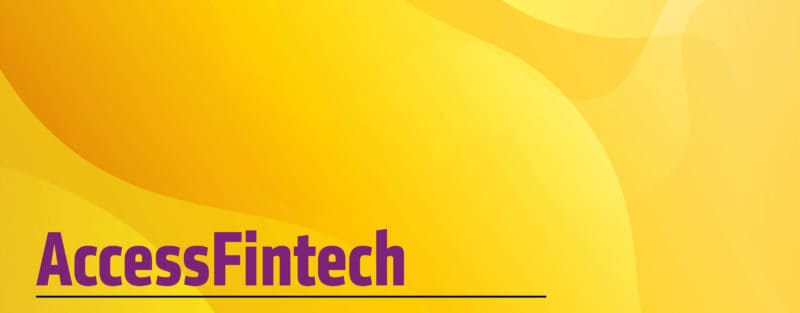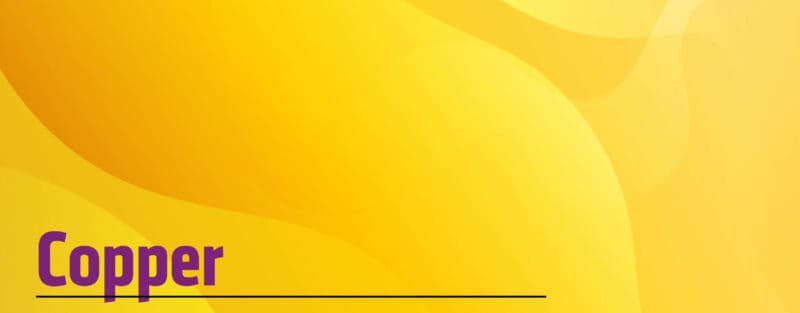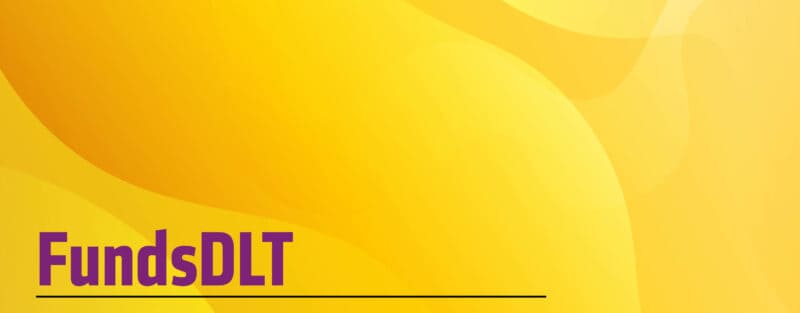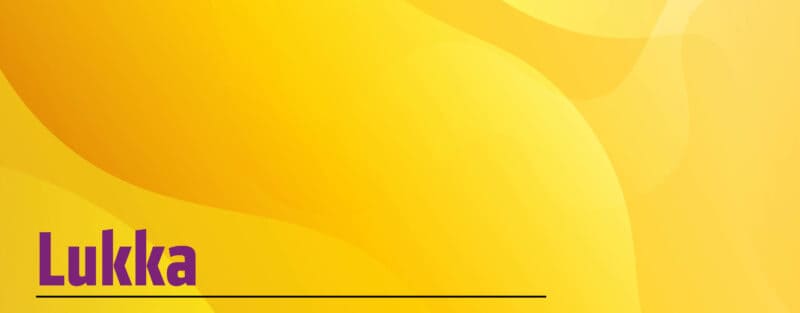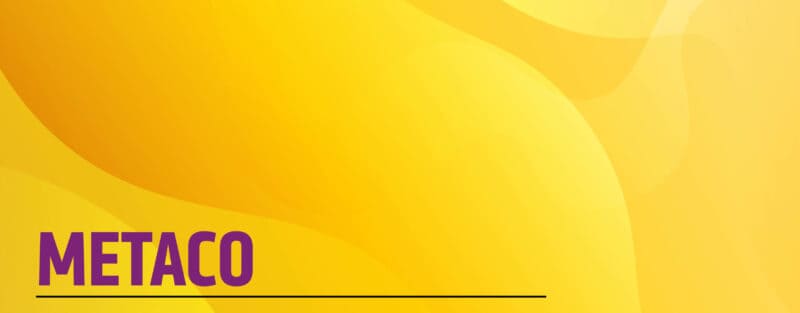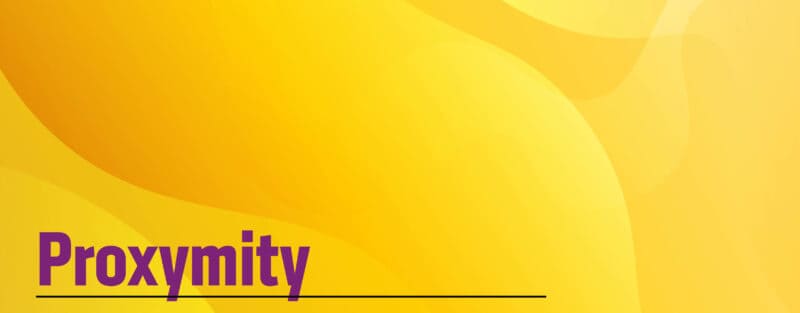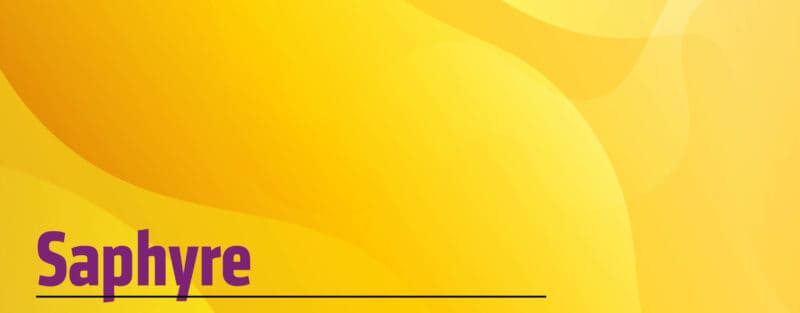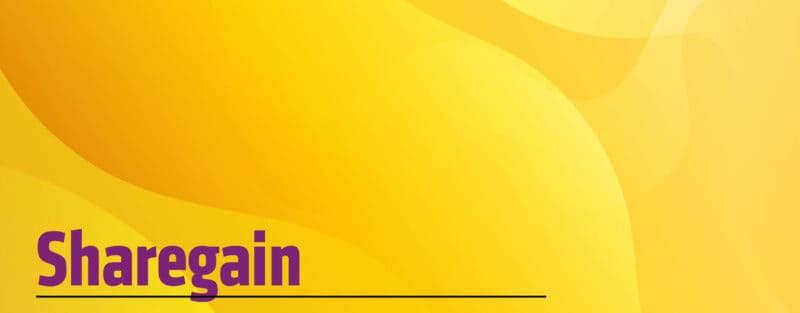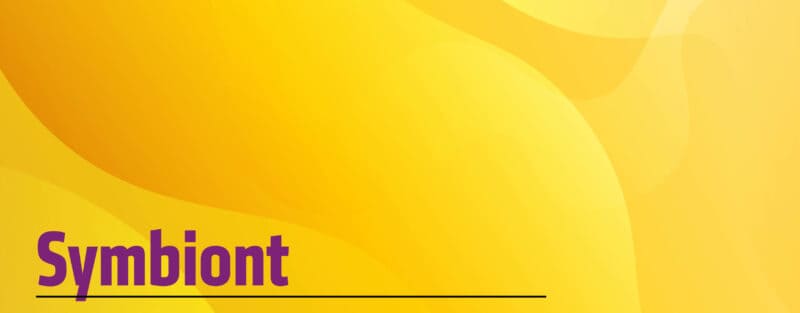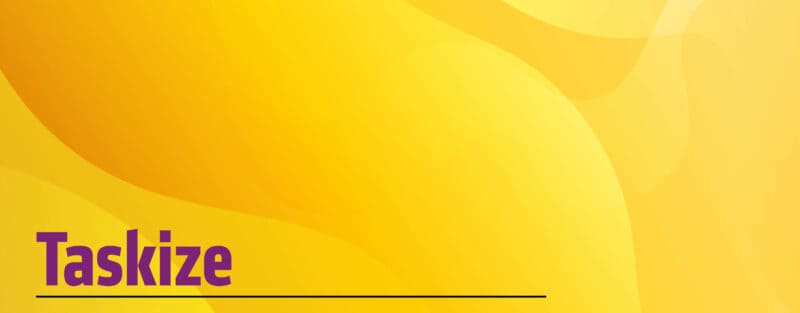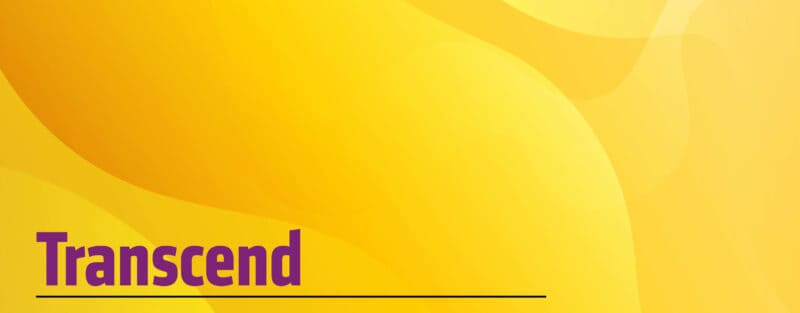AccessFintech is a global data management and custody company that is transforming post-trade operations though its Synergy Network, which allows clients to collaborate across and within organisations, reducing human error and email traffic, improving efficiency and risk management, and helping firms comply with regulatory requirements such as CSDR and the impending move to T+1 settlement.
Notable partners and collaborators: BNY Mellon, Citi, JP Morgan, Bank of America, Goldman Sachs, SIX, Broadridge, Symphony, Deutsche Bank, Credit Suisse
As a sign of the fast-paced fintech world we now live in, while writing this very article, we received news that AccessFintech had successfully raised $60 million in a Series C funding round which saw a first-time investment from BNY Mellon along with further backing from JP Morgan and Citi. The investment brought the total capital raised by the business to $97 million since 2018. Add to this the fact that the fintech now counts over 100 clients, and it’s clear to see why the industry is so excited.
AccessFintech allows clients to improve their operations across settlement and other post-trade workflows. Reducing failed trades, as well as the resources needed to manage settlement overall, directly increases revenues and impacts the bottom line. It’s Synergy Network and tools – from best practice data normalisation, seamless handling of penalty data, strong communication protocols, and automated workflow handoffs together create a single, consistent version of truth for all participants in the settlement workflow.
The fintech has plenty of statistics to quantify its progress to-date. One firm reported it went from being able to validate 10 penalties a day to 1,000. Another tier one bank said it was able to shorten its penalty reconciliation times from several days on average to 30 minutes.
“These results resonate across AccessFintech’s entire network,” the firm said. “Moreover, Synergy is a third-party, cloud-based solution, meaning participants can feel this impact without needing to spend the resources to build data normalisation and workflow capabilities themselves. All they need to do is upload onto the cloud.”
The number of milestones and partnerships AccessFintech has announced over recent years occasionally makes you forget the company is only eight years old, and its place in the securities services industry is now so cemented that it almost feels like an incumbent. Backed with significant investment and expectations, the future is incredibly bright for the business. “AccessFintech will be the de facto collaboration software for the securities services industry and will serve as critical support, particularly during times of stress,” the firm tells Global Custodian.
It uses the uncertainty surrounding CSDR in Europe as an example of its work within the industry. “AccessFintech saw within weeks of go-live that the biggest challenges for organisations implementing the penalties regime were related to data issues arising from the CSDs. To address this problem, we decided to open our CSDR penalty eligibility determination and rate card to the market, not just existing clients, offering to support them for free through the first months of change.
“Dozens of organisations accepted the offer; the company has onboarded 80+ data publishers comprising tier one banks, custodians and asset managers. The impact of AccessFintech’s work was felt industry wide as the company stepped in to bring order to chaos. This description reflects why the company is valued by its clients and why it will be a part of securities services in the years to come.”

